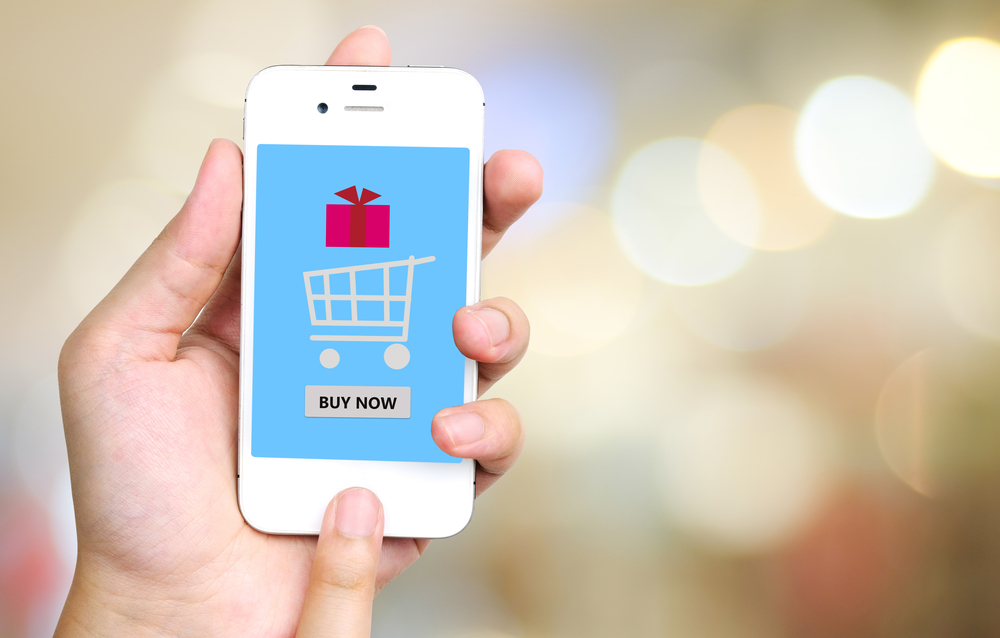The growth of ecommerce has long been shaped by consumer behaviour and expectations. From the introduction of one-click shopping to the rise of mobile commerce, successful companies have invested heavily in keeping pace with what consumers want and what they might want next.
The latest trend set to influence the way people shop online is the arrival of the ‘buy’ button on social media sites, as retailers respond to the fact many of their target consumers are spending an increasing amount of time on sites such as Facebook, Instagram and Pinterest.
The move is also driven by those social media platforms realising there is money to be made here, either directly by charging retailers for the functionality, or indirectly by capitalising upon the increased time consumers will spend on the platform if they don’t need to navigate away and if the inspiration to go shopping strikes.
By enabling consumers to shop directly on social media, retailers are closing a potentially problematic lag between consumers seeing something they want to buy online and actually being able to buy it.
>See also: Facebook denies fresh allegation that it DOES collect the text you decided against posting
Every second and every click involved in the process can see potential customers fade away. Mobile commerce has done much to deliver on the need for immediacy, but it has only closed the gap where and when people were already minded to shop.
There is clearly a major opportunity here for retailers in terms of reach. With well over one billion monthly active users, Facebook alone has a network of potential customers and a deep understanding of information about who they are, what they do, what they like and when they’re online. Gaining access to these shoppers in a highly targeted way is clearly an attractive proposition for retailers.
But this innovation is not without some important considerations that retailers would do well to think through now as they work out what role social selling could play in their business model.
This will not transform retail overnight but retailers should not be complacent about the opportunity and should proactively address issues — both technical and cultural within their own organisation — early in the process, rather than start thinking things through only once their competitors have stolen a march.
The most obvious issue to consider is who owns the customer relationship. Social platforms know a huge amount about their users and can very effectively target them. Taking advantage of buy button functionality can therefore deliver retailers a major boost, but in an age where brands want direct customer engagement and interaction, they need to think about what the trade-off is and how they mitigate it through changes elsewhere in their customer engagement strategy.
Another issue to consider is how big a bet this should be for retailers, given it will not transform things dramatically in the short term. How should they factor it into their marketing and their customer communications?
They should also consider how their attitudes may differ from the entrepreneurial spirit of the social networks. Social media companies have typically put innovation ahead of revenue, adopting an if-you-build-it-they-will come approach. And while there is no reason to believe buy buttons won’t prove successful, retailers need to bear in mind it won’t be their decision how the function evolves — or how the giants of social media regard and react to its success or otherwise.
This could quickly become a political minefield if retailers don’t think carefully about how they build social selling into their business models and establish clear expectations of the channel.
There should be something in this for everybody and finding the right level of quid pro quo will be an important balancing act. Social platforms will own the point-of-sale experience for consumers, meaning retailers are handing over of an integral part of the retail experience to an increasingly powerful third party.
Of course that’s in part the nature of modern retail. Many retailers have complemented their own retail channels with deals with sites such as eBay and Amazon. Online retail has rarely been a completely closed shop.
>See also: The next customer frontier: how wearables are going mainstream in retail<
Finding a point of mutual reward that works for everybody will also be a key issue when it comes to the question of cost and how it might change over time.
Social platforms have typically looked to grow scale, then monetise. It was five years before Facebook reported its first profit. Twitter took a little longer. In the rapidly changing world of technology, the biggest bets can take a while to start paying off. What this means for the short and long-term implications for retailers is yet to become fully clear.
Some retailers will certainly begin to rethink their ecommerce strategies to make the most of these new social marketplaces. However, for now this will only be a small part of the equation and most would do well to focus on the large part of their business they do have full control over.
It would be remiss to let the social platforms look like the only innovators in the space, so businesses must keep investing in their own retail experience and ensure they continue to meet the expectations of their own customers.
Sourced from Kevin Dallas, Worldpay










